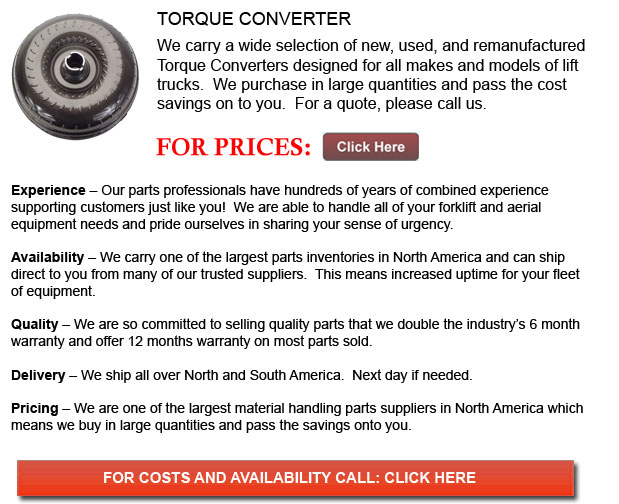
Forklift Torque Converter - A torque converter in modern usage, is usually a fluid coupling which is used to be able to transfer rotating power from a prime mover, like for example an electric motor or an internal combustion engine, to a rotating driven load. Same as a basic fluid coupling, the torque converter takes the place of a mechanical clutch. This enables the load to be separated from the main power source. A torque converter could offer the equivalent of a reduction gear by being able to multiply torque when there is a substantial difference between input and output rotational speed.
The fluid coupling type is actually the most popular kind of torque converter used in car transmissions. In the 1920's there were pendulum-based torque or also called Constantinesco converter. There are different mechanical designs utilized for continuously changeable transmissions that could multiply torque. Like for example, the Variomatic is one type that has expanding pulleys and a belt drive.
The 2 element drive fluid coupling is incapable of multiplying torque. Torque converters have an element known as a stator. This alters the drive's characteristics during times of high slippage and produces an increase in torque output.
There are a at least three rotating parts in a torque converter: the turbine, which drives the load, the impeller, which is mechanically driven by the prime mover and the stator, which is between the impeller and the turbine so that it could alter oil flow returning from the turbine to the impeller. Usually, the design of the torque converter dictates that the stator be prevented from rotating under whichever situation and this is where the word stator begins from. In point of fact, the stator is mounted on an overrunning clutch. This design prevents the stator from counter rotating with respect to the prime mover while still allowing forward rotation.
Modifications to the basic three element design have been incorporated at times. These alterations have proven worthy specially in application where higher than normal torque multiplication is required. More often than not, these alterations have taken the form of several stators and turbines. Each and every set has been designed to generate differing amounts of torque multiplication. Various instances include the Dynaflow that utilizes a five element converter so as to generate the wide range of torque multiplication required to propel a heavy vehicle.
Even though it is not strictly a component of classic torque converter design, different automotive converters consist of a lock-up clutch in order to lessen heat and to enhance cruising power transmission efficiency. The application of the clutch locks the impeller to the turbine. This causes all power transmission to be mechanical that eliminates losses connected with fluid drive.
![]() Click to Download the pdf
Click to Download the pdf
Forklift Parts
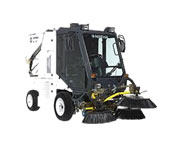
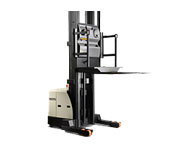
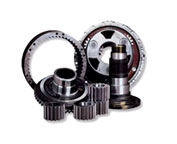
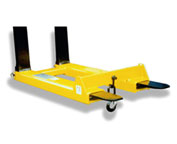
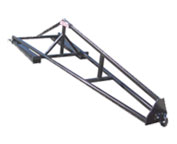
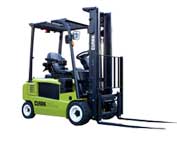
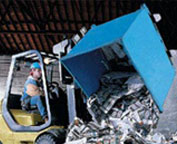
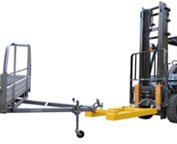
Lift Parts Express
TOLL FREE: 1-888-695-7994
Jackson, Mississippi
forkliftpartsjackson.com
Email Us
About Us


